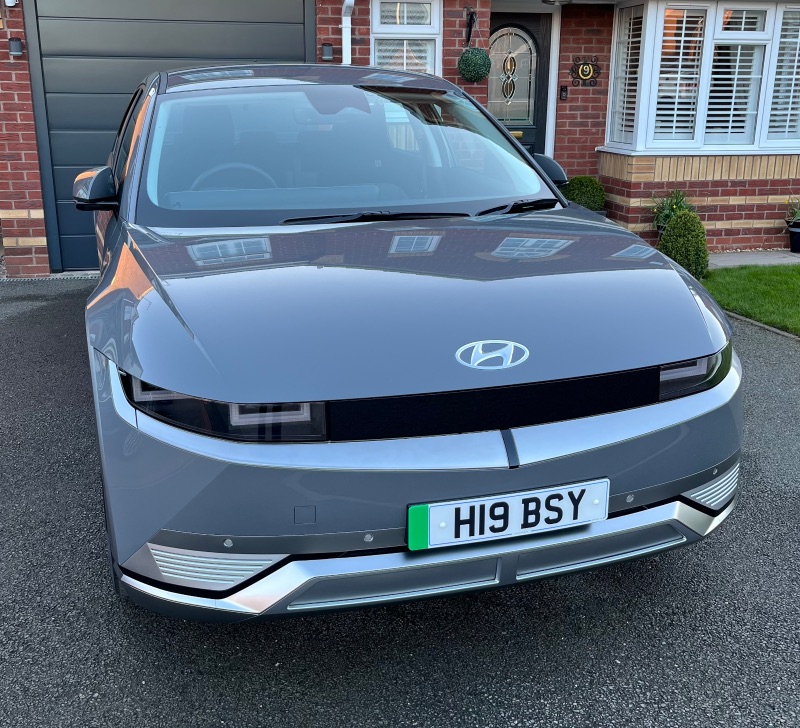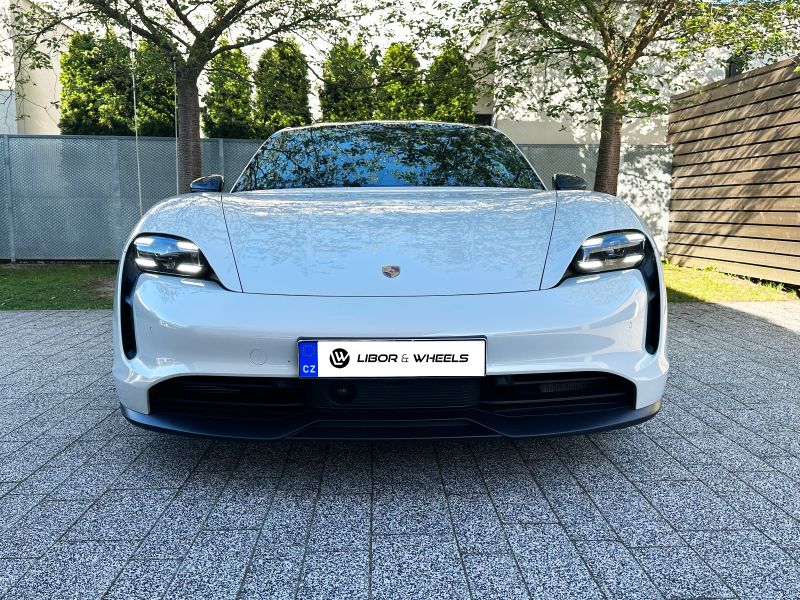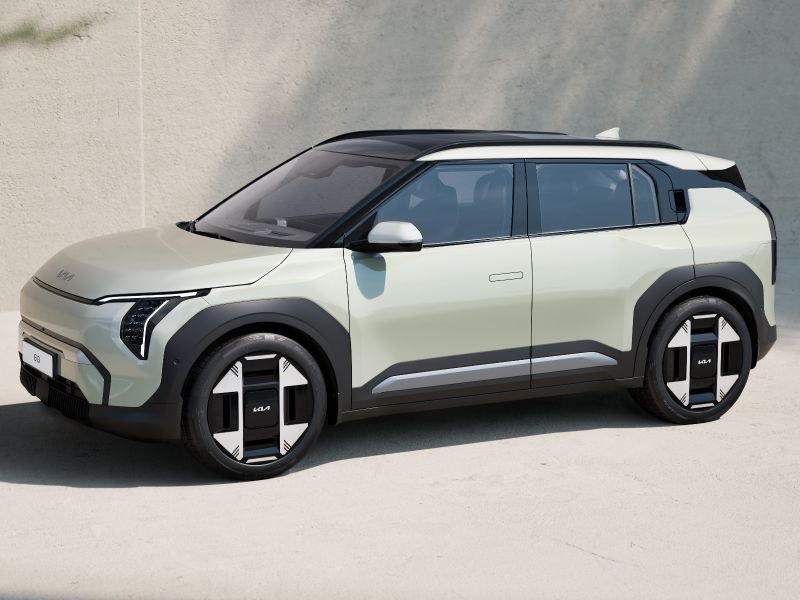Choose a car

BMW i3 (2013-2022) pros and cons
Pros and Cons by myEVreview
- Perfect for the city, dimensions: 3 999 × 1 775 × 1 578 mm
- Performance even at higher speeds
- Great agility in the city
- Reliability
- Low battery degradation
- Excellent view from the car
- Excellent turning circle
- Fun to drive (rear-wheel drive)
- Consumption 14 kWh in summer, 16-18 kWh in winter
- Good brakes
- Comfortable front seats
- Running costs
- 2x boot / trunk (but the frunk is tiny)
- Surprisingly spacious interior for four adults
- Weight for an electric car - only 1200 kg
- Safety (4-star EuroNCAP safety rating)
- Reliable range indicator
- The "one pedal driving" function
- Not suitable for long distances - stiff suspension, less range
- Very slow sending of commands from the mobile app to the car (takes up to 80 seconds)
- Probably high cost of repairs when carbon parts are damaged
- Almost no improvement app in 5 years
- Heated car cools down quickly when the heater is turned off
- Suspension is stiff
- Price for such a small car
- Complicated rear opposite door
- DC charging only 50 kW
- Noisier at higher speeds
See Tech Specs - BMW i3 (2013-2022)
Pros and Cons by Owners / Test Drives
-
strong recuperation
strong brakes
rear-wheel drive - a great solution in wet conditions and in winter
low running costs
long-term consumption only 15.5 kWh/100 km
reliability
excellent view from the car
drives like a go-kart
excellent acceleration of around 7.5 seconds to 100 km/h
excellent spontaneous drive (125 kW, 250 Nm)
summer range up to 200 km, winter range 150 km - enough for city driving
surprisingly spacious interior for four adults
ideal for the city, dimensions: 3 999 × 1 775 × 1 578 mm
sufficient top speed of 150 km/h
weight only 1,320 kg
complicated opening of the rear doors
many options are extra (DC charging, heat pump, heated seats)
boot space
not suitable for long distances - hard suspension, less range
DC CCS charging only 50 kW
no heated steering wheel
high price for such a small car
 city driver
city driver
 Tomas
Tomas
 dongruike
dongruike
 bbonkk
bbonkk
 TJWhiteStar
TJWhiteStar
 Ant
Ant
 libor&wheels
libor&wheels




